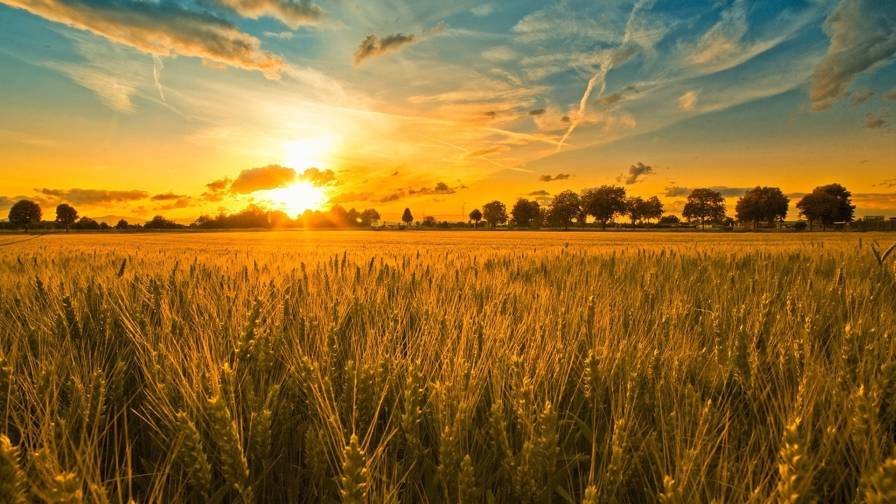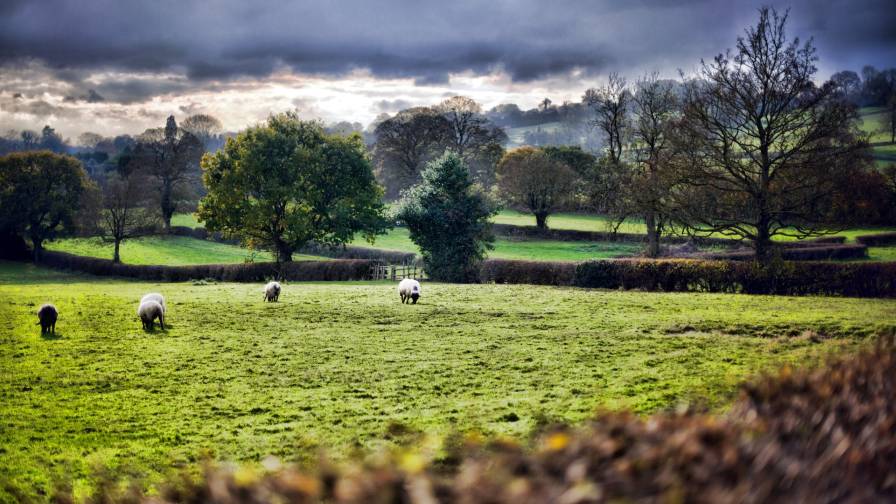Ways Irrigation Can Protect Your Vegetable Crops From Unwieldy Weather
Across much of the country, vegetable growers are confronting new weather patterns, writes Carol Miller at Growing Produce. It’s more common today to have long dry spells followed by heavy rain. That can make planning for irrigation more difficult. If you have saturated soils slowly drying out, how much water should you apply to your crops? And when?
We reached out to irrigation experts and suppliers to gather advice you can use to improve your irrigation game and keep costs to a minimum by not watering a drop more than you need to.
What are some practical steps growers can take to prepare for the unexpected when it comes to irrigation?
Joel O’Camb, Weather Product Line Manager, Davis Instruments
Monitoring soil moisture levels allows growers to charge lower levels and build health when water is available. Then cut back to, but not beyond, lower levels of irrigation needed for fruit growth. Davis weather stations allow them to monitor evapotranspiration, and thus replenishment, and rain received on site.
MORE BY GROWING PRODUCE
Agricultural Robotics Market Poised To Kick Growth Into High Gear
Jerry McDonald, President, Grow Irrigation
As growers experience more extreme weather, they are more likely to turn to more water-efficient irrigation methods, even in wetter climates in places like the U.S. Southeast, where water is abundant. It’s not enough to have a large amount of rain every year — it needs to come at the right times.
Continue reading at Growing Produce.








